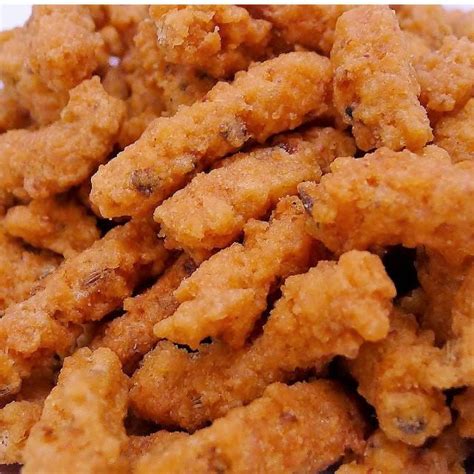Marrie
You need 3 min read
Post on Feb 06, 2025
Table of Contents

Indian Pagoda Recipe: A Culinary Journey to the East
Are you ready for a flavour explosion? This isn't your average Indian dish; we're diving into the vibrant world of Indian Pagoda, a dish that's as visually stunning as it is delicious. This detailed recipe will guide you through creating this culinary masterpiece, perfect for impressing guests or treating yourself to a truly special meal. We'll cover everything from ingredient selection to presentation tips, ensuring your Indian Pagoda is a resounding success.
What is Indian Pagoda?
Indian Pagoda, often called Kachori Chaat in some regions, isn't a single, defined recipe. It's a beautiful and delicious arrangement of different Indian snacks and chutneys, carefully layered to resemble a miniature pagoda. The base usually consists of crispy kachoris (savory fried pastries), topped with a variety of chutneys, yogurt, and sev (crispy chickpea flour noodles). The result is a symphony of textures and flavors – crunchy, creamy, tangy, and spicy all at once.
Key Ingredients for Your Perfect Indian Pagoda
The magic of Indian Pagoda lies in the quality of its ingredients. Here's what you'll need:
For the Kachoris:
- Flour: All-purpose flour is the base, but you can experiment with adding a touch of whole wheat flour for a healthier twist.
- Ghee or Oil: Ghee provides a rich, nutty flavor, but vegetable oil works just fine.
- Spices: A blend of cumin, coriander, and red chili powder will infuse the kachoris with authentic Indian flavor. Don't be afraid to experiment with garam masala for an extra layer of complexity.
- Salt: To taste, of course!
For the Toppings:
- Yogurt: Plain yogurt provides a cooling counterpoint to the spicy chutneys. Consider using Greek yogurt for a thicker, creamier consistency.
- Chutneys: The chutneys are the heart of the Pagoda. You'll need at least two, perhaps a tamarind chutney (sweet and sour) and a mint-coriander chutney (refreshing and herbaceous). A spicy green chili chutney adds an extra kick.
- Sev: Crispy chickpea flour noodles add a delightful crunch.
- Pomegranate Seeds: These add a pop of color and a juicy sweetness.
- Other Garnishes (Optional): Finely chopped onions, cilantro leaves, and a sprinkle of chaat masala can further enhance the flavor and visual appeal.
Step-by-Step Guide to Constructing Your Indian Pagoda
1. Prepare the Kachoris: This is the most time-consuming part. The dough needs time to rest, and the kachoris need to be carefully fried until golden brown and puffed up. Many detailed kachori recipes are available online if you need a more thorough guide.
2. Assemble the Pagoda: This is where the artistry comes in! Start with a layer of kachoris at the base, forming a slightly irregular circle. Then, layer on your chutneys, yogurt, sev, and pomegranate seeds. Continue layering, creating a slightly conical shape that resembles a pagoda.
3. Garnish and Serve: Finish with your chosen garnishes – chopped onions, cilantro, chaat masala – and serve immediately. The kachoris are best enjoyed while still warm and crispy.
Tips for Pagoda Perfection
- Don't overcrowd the pan: When frying the kachoris, make sure not to overcrowd the pan. This will ensure even cooking and prevent them from becoming soggy.
- Use fresh ingredients: The fresher your ingredients, the better your pagoda will taste.
- Adjust the spice level: Adjust the amount of chili powder to suit your spice preference.
- Get creative with your toppings: Don't be afraid to experiment with different chutneys and garnishes to create your own unique pagoda.
Beyond the Recipe: Exploring the Culture
Indian Pagoda is more than just a dish; it's a reflection of Indian culinary creativity and the importance of balance in flavor and texture. It represents the fusion of sweet, sour, spicy, and savory elements, creating a harmonious and unforgettable culinary experience. Enjoy the journey!
Thanks for visiting this site! We hope you enjoyed this article.
